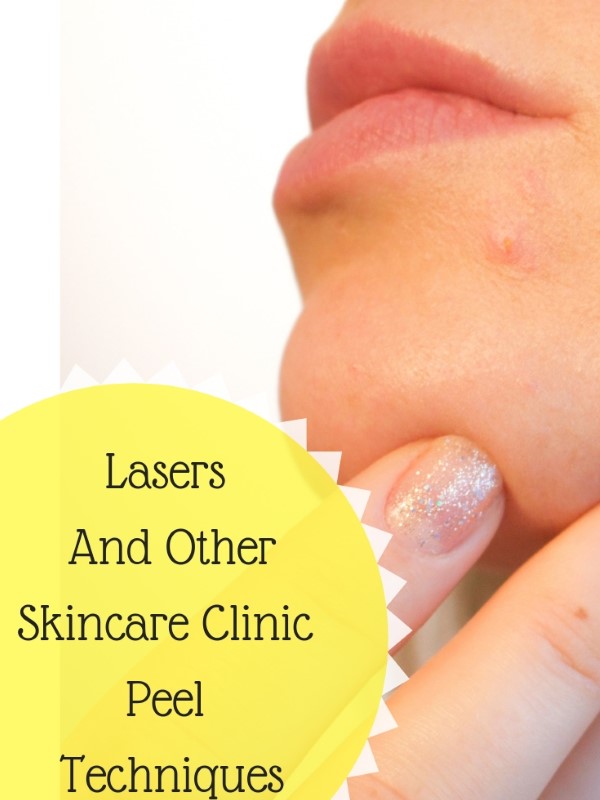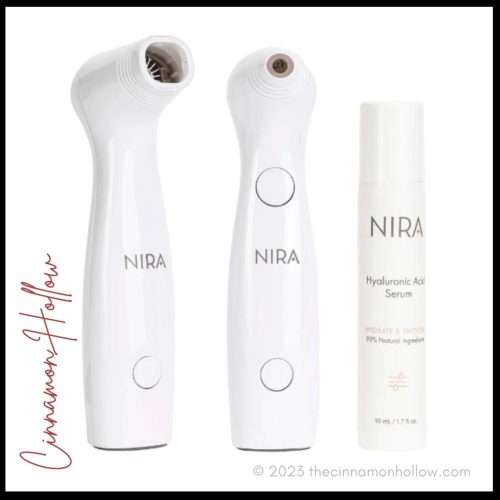You have probably heard the term “peel” as it applies to clinical skincare. It may sound like an uncomfortable procedure that totally removes all your outer skin, but that is not accurate. In fact, most peel procedures are not very invasive and don’t remove as much as you may think. There are also ways to control the extensiveness of peel procedures. To better understand how a skincare clinic peel works, you have to understand the various types of peels and peel-like procedures available.

The Peel-Like Procedure Known as Microdermabrasion
Microdermabrasion is a peel-like procedure. But instead of peeling your outer layer of skin off, as you might think, it actually just removes materials you do not need, like dead skin cells and debris clogging your pores. The microdermabrasion tool is pointed at your skin during the treatment. It blasts fine crystals at the surface of your skin to achieve an effect similar to smoothing wood by sanding it. There is also a somewhat stronger related procedure called dermabrasion that gives a deeper peel but causes more long-term side effects, such as redness and sensitivity.
Laser Peel Procedures to Remove Imperfections Near the Surface
Another option you have to clear up surface skin problems is a laser peel. There are several machines for laser skincare in clinics today. The devices used to perform peels are called ablative lasers. Ablative lasers treat the top layer of skin and can also treat deeper layers. Non-ablative lasers treat deeper layers while bypassing the surface. Therefore, they perform entirely different types of treatment.
Ablative laser peels are quite common and popular. They remove imperfections from your skin’s surface, and sometimes deeper layers, using light and heat combinations. During such procedures, a technician uses topical ointments or cold air to keep your skin from burning. After treatment, healthier skin shows through because dead cells and other foreign materials are removed.
Laser Peel Procedure Pros and Cons
Laser peel procedures have several pros and cons. The biggest pro by far is the accuracy of the laser. It can treat the surface of your skin in the treatment area without missing any cells. By treating your skin with such accuracy, you can get the best results. However, lasers can also be problematic for certain skin types. If your skin is too dark or too oily, your clinician may recommend you try a different peel or peel-like technique to improve your skin health.
How Chemical Peels Differ from Laser Procedures
Chemical peels are also useful for helping you get your skin to look better. They are quite different from other skincare techniques. For example, while lasers use light and heat, chemical peels use specific chemicals or combinations of chemicals. Those chemicals are approved for skincare. Some such chemicals include phenols and glycolic acids.
Phenol peels are typically among the strongest. Glycolic acid peels are relatively mild. Mild peels affect fewer skin layers. Therefore, their total results may be less obvious. However, any type of chemical peel can have some immediate positive results.
Talking to Your Clinician Before Making a Choice
When choosing a peel procedure to undergo, talking to the specialist, such as doctors from Hair and Skin Melbourne, is imperative. He or she may have insights you have not thought of. The clinician is also trained in how to assess skin. Therefore, he or she may notice issues that could make certain peel procedures more or less risky than others.
Be sure to check out our entire beauty section for more tips, tricks and info on skincare.
Check out our Beauty videos below!







